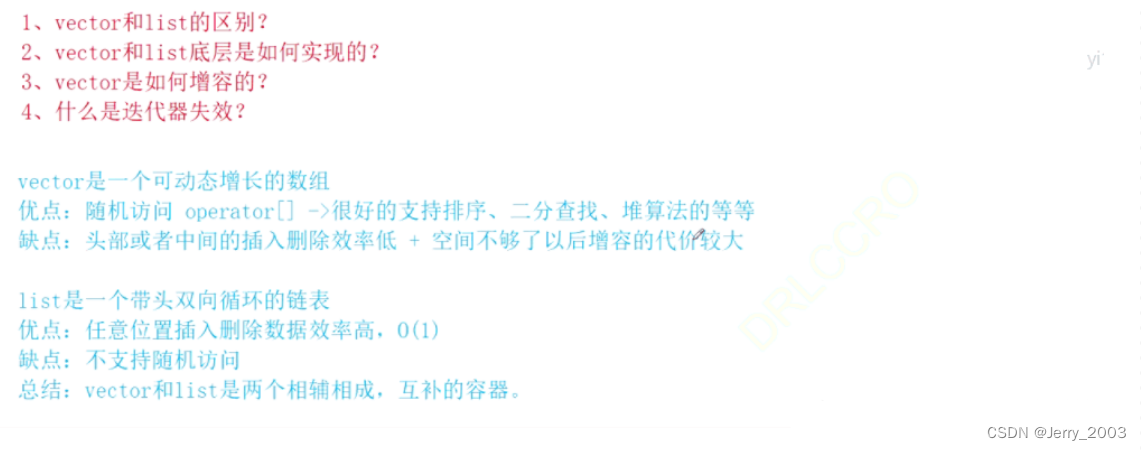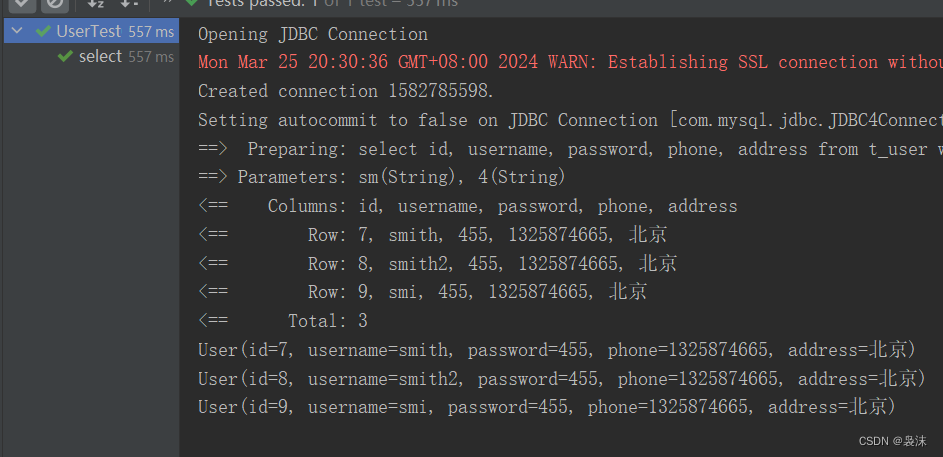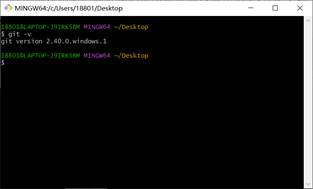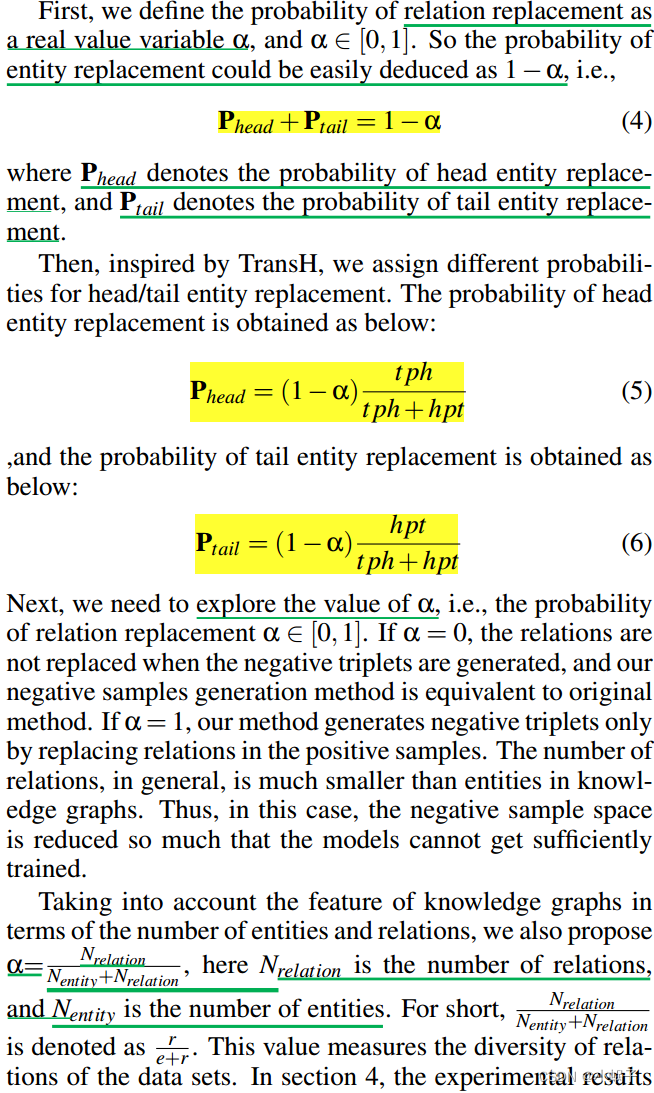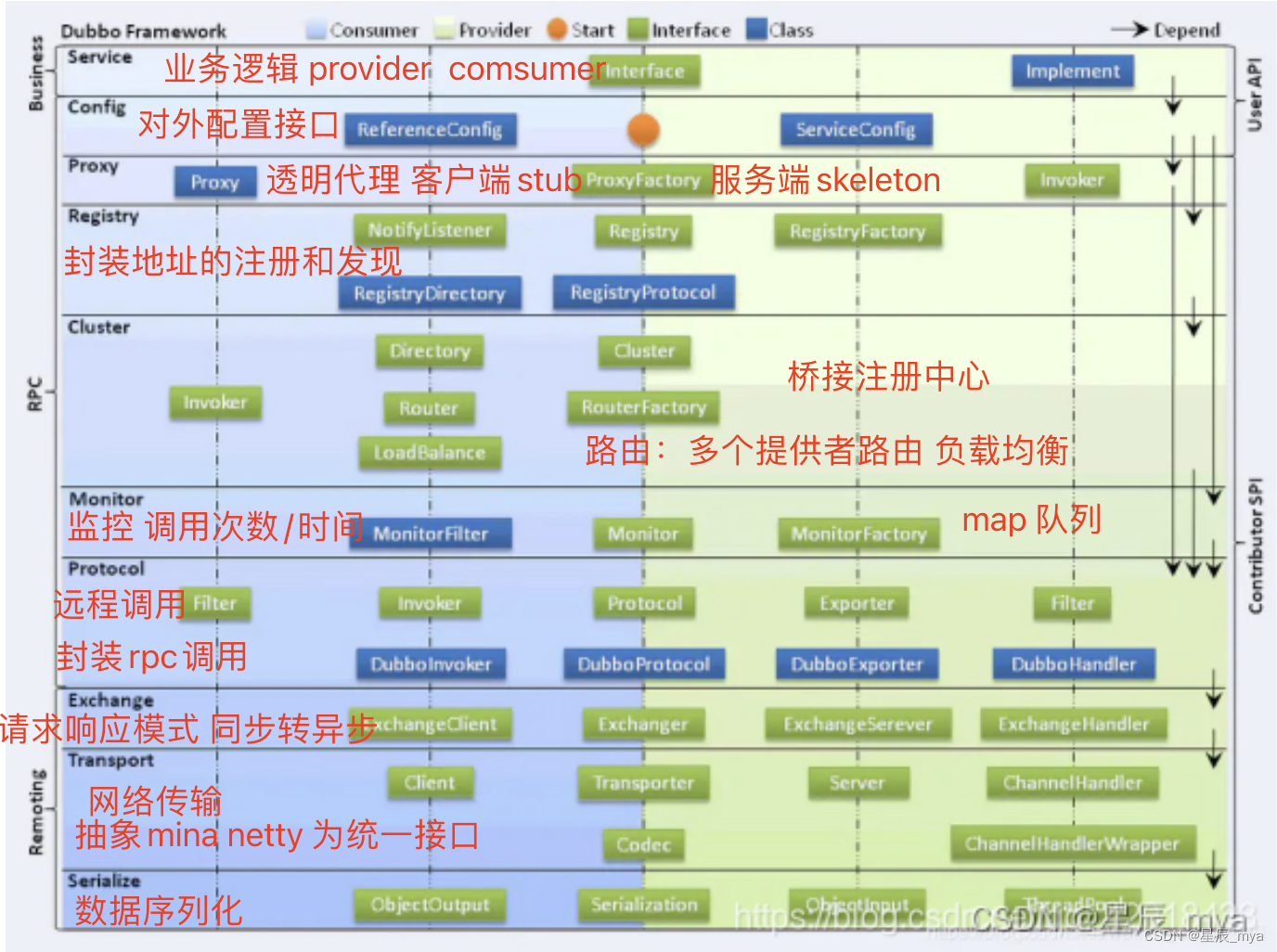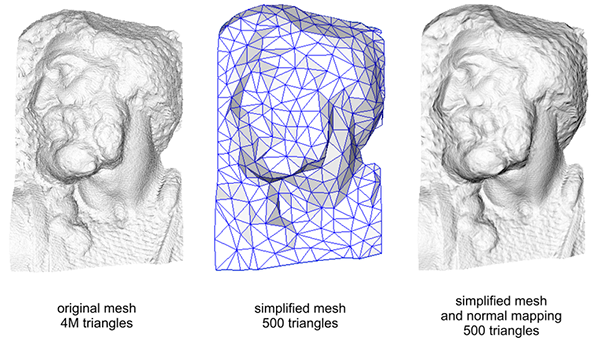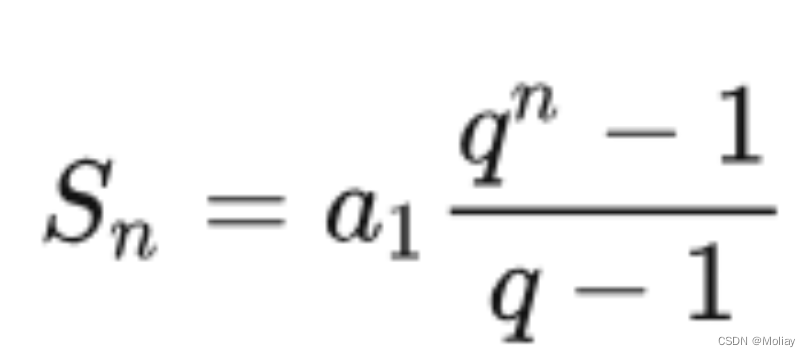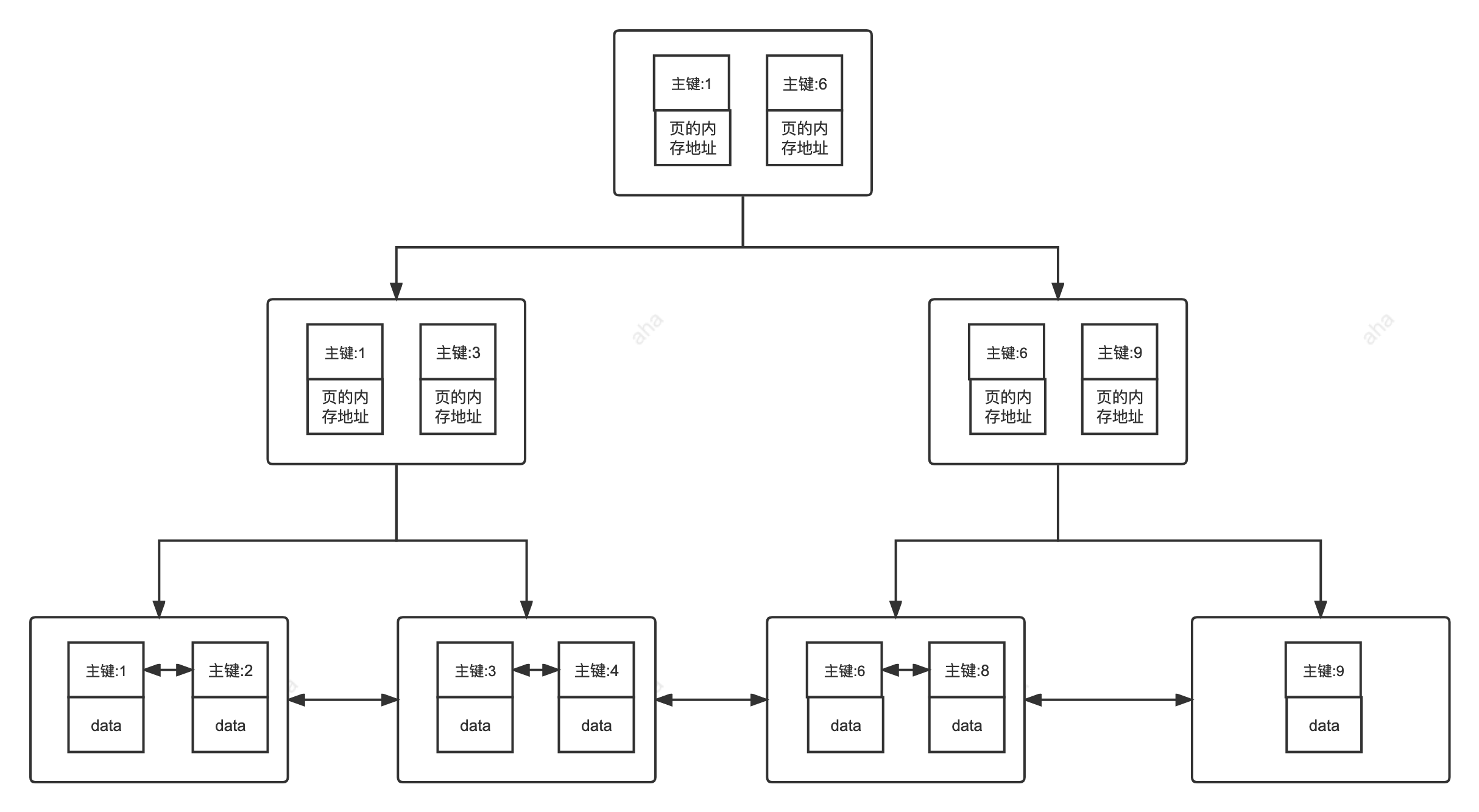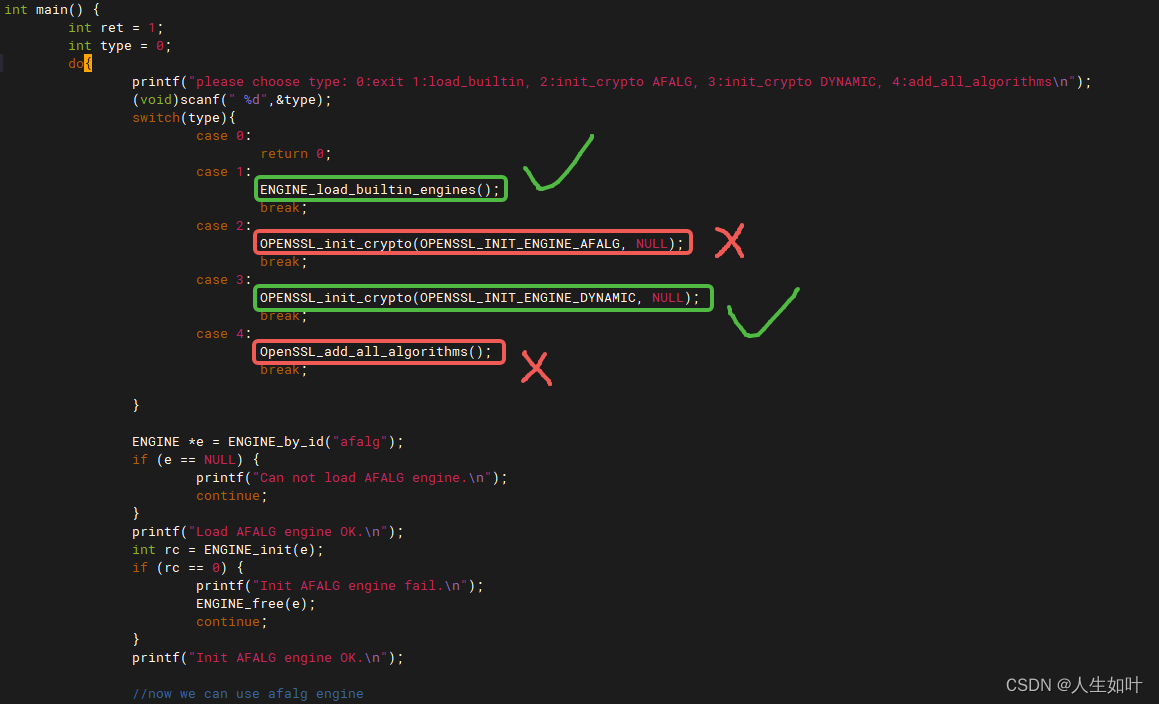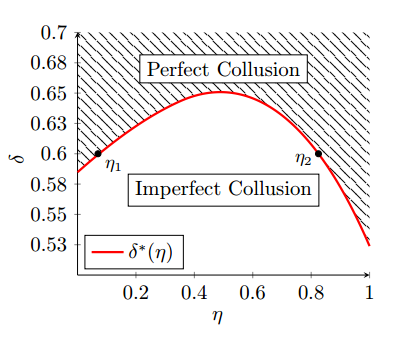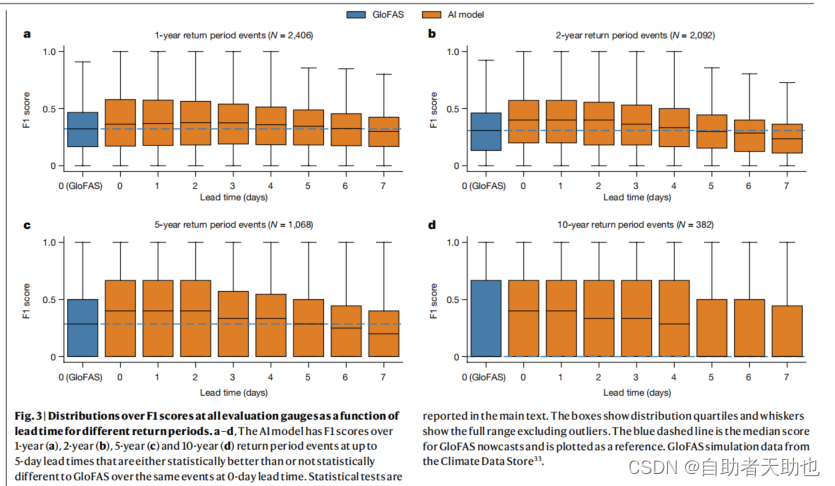一、list的模拟实现
#include<iostream>
#include<assert.h>
#pragma once
namespace jyr
{
template<class T>
struct _list_node
{
_list_node<T>* _next;
_list_node<T>* _prev;
T _data;
_list_node(const T& val = T())
:_next(nullptr)
, _prev(nullptr)
, _data(val)
{}
};
template<class T,class Ref,class Ptr>
struct _list_iterator
{
typedef _list_node<T> Node;
typedef _list_iterator<T, Ref, Ptr> Self;
Node* _node;
_list_iterator(Node* node)
:_node(node)
{}
//*it,返回_data
Ref operator*()
{
return _node->_data;
}
//it->date
Ptr operator->()
{
return &_node->_data;
}
//it++,返回还是一个迭代器,前置加加
Self& operator++()
{
_node = _node->_next;
return *this;
}
//前置--
Self& operator--()
{
_node = _node->_prev;
return *this;
}
//后置加加
Self operator++(int)
{
Self tmp(*this); //创建临时变量返回,后置加加,加加之前不变
//_list_iterator<T>tmp = *this;
_node = _node->_next;
//++(*this)
return tmp;
}
//后置减减
Self operator--(int)
{
Self tmp(*this);
_node = _node->_prev;
return tmp;
}
//==
bool operator ==(const Self& it)
{
return _node = it._node;
}
//it!=end()
bool operator!=(const Self& it)
{
return _node != it._node;
}
};
template<class T>
class list
{
public:
typedef _list_node<T> Node;
public:
typedef _list_iterator<T,T&,T*> iterator;
typedef _list_iterator<T,const T&,const T*> const_iterator;
iterator begin() //第一个数据的迭代器,节点的指针构建迭代器
{
return iterator(_head->_next);
}
iterator end()
{
return iterator(_head);
}
const_iterator begin() const
{
return const_iterator(_head->_next);
}
const_iterator end() const
{
return const_iterator(_head);
}
//带头双向循环链表
list() //list的构造
{
_head = new Node;
_head->_next = _head;
_head->_prev = _head;
}
//l2(l1)
list(const list<T>& l1) //拷贝构造
{
//链表的最初状态
_head = new Node;
_head->_next = _head;
_head->_prev = _head;
//const_iterator it = l1.begin(); //构造一个const迭代器尾插到新的迭代器中
//while (it != l1.end())
//{
// this->push_back(*it);
// it++;
//}
for (auto e : l1)
{
push_back(e);
}
}
list<T>& operator=(const list<T>& l1)
{
if (this != &l1)
{
clear();
for (auto e : l1)
{
push_back(e);
}
}
return *this;
}
//现代版的拷贝构造
//list<T>& operator=(list<T> l1)
//{
// swap(_head, l1._head);
// return *this;
//}
void clear()
{
iterator it = begin();
while (it != end())
{
erase(it++); //erase要自己单独实现出来
}
}
~list() //析构函数
{
clear(); //clear没有删除头结点
delete _head;
_head = nullptr;
}
size_t size() const
{
}
bool empty() const
{
return _head->_next == _head->_prev;
}
//T x 如果T类型是vector或者是string就造成了深拷贝,那么就得传引用,传引用不改变x就加const
void push_back(const T& x)
{
//Node* tail = _head->_prev;
//Node* newnode = new Node(x);
//tail->_next = newnode;
//newnode->_prev = tail;
//newnode->_next = _head;
//_head->_prev = newnode;
insert(end(), x);
}
void push_front(const T& x)
{
insert(begin(), x);
}
void insert(iterator pos, const T& x) //在pos这个迭代器的前面插入一个节点
{
Node* newnode = new Node(x);
//pos 是个迭代器,而迭代器又是节点的指针,所以可以通过迭代器找到这个节点
Node* cur = pos._node;
Node* prev = cur->_prev;
prev->_next = newnode;
newnode->_prev = prev;
newnode->_next = cur;
cur->_prev = newnode;
//return iterator(newnode);
}
void pop_back()
{
erase(--end());
}
void pop_front()
{
erase(begin());//end是最后一个有效数据的下一个位置,所以end先减减,删除end减减的位置
}
void erase(iterator pos)
{
//pos是一个迭代器,节点的指针,可以找到这个节点
//找到要删除的节点del
assert(pos != end());//头结点不能删除
Node* del = pos._node;
Node* next = del->_next;
//假设有1 2 3节点,要删除pos位置2节点,
//先2节点的前一个节点1节点的下一个节点指向2指向的3节点
//然后要把3和1链接起来,把3的前一个节点指向1,
//2的下一个节点3节点的前一个节点指向2的前一个节点
//删除2
del->_prev->_next = del->_next;
del->_next->_prev = del->_prev;
delete del;
//return iterator(next);//返回节点的下一个位置
}
private:
Node* _head;
};
void testlist1()
{
list<int> lt1;
lt1.push_back(1);
lt1.push_back(2);
lt1.push_back(10);
lt1.push_back(20);
lt1.pop_back();
list<int>::iterator it = lt1.begin();
while (it != lt1.end())
{
std::cout << *it << " ";
++it;
}
std::cout << std::endl;
}
struct Date
{
int _year = 0;
int _month = 1;
int _day = 1;
};
void print_list(const list<int>& lt1)
{
list<int>::const_iterator it = lt1.begin();
while (it != lt1.end())
{
std::cout << *it << " ";
it++;
}
std::cout << std::endl;
}
void testlist2()
{
list<Date> lt1;
lt1.push_back(Date());
lt1.push_back(Date());
list<Date>::iterator it = lt1.begin();
while (it != lt1.end())
{
/*std::cout << *it << " ";*/
//it->Date->_year
std::cout << it->_year << ":" << it->_month << ":" << it->_day << std::endl;
std::cout << (*it)._year << ":" << (*it)._month << ":" << (*it)._day << std::endl;
++it;
}
//print_list(lt1);
}
void testlist3()
{
list<int> l1;
l1.push_back(1);
l1.push_back(2);
l1.push_back(3);
l1.push_back(4);
list<int>l2(l1); //拷贝构造,用l1拷贝构造l2
for (auto e : l1)
{
std::cout << e << " ";
}
std::cout << std::endl;
for (auto e : l2)
{
std::cout << e << " ";
}
std::cout << std::endl;
}
}
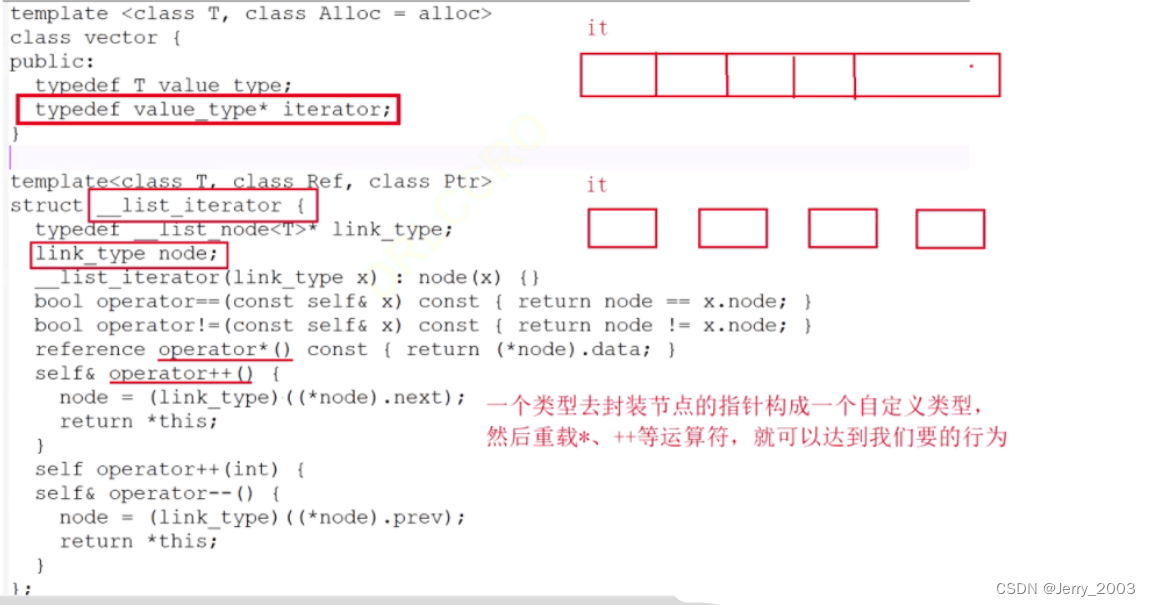
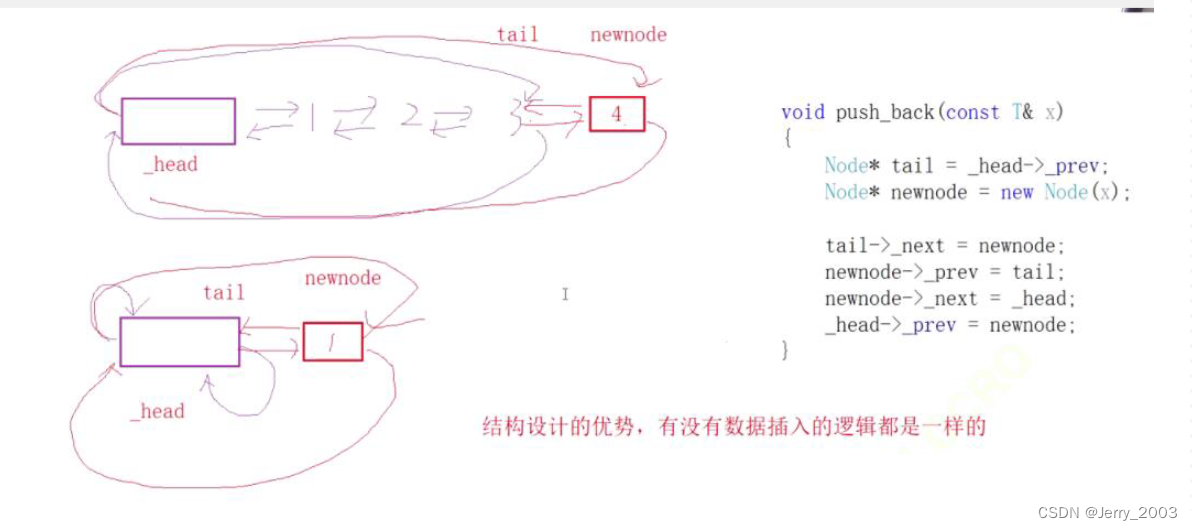
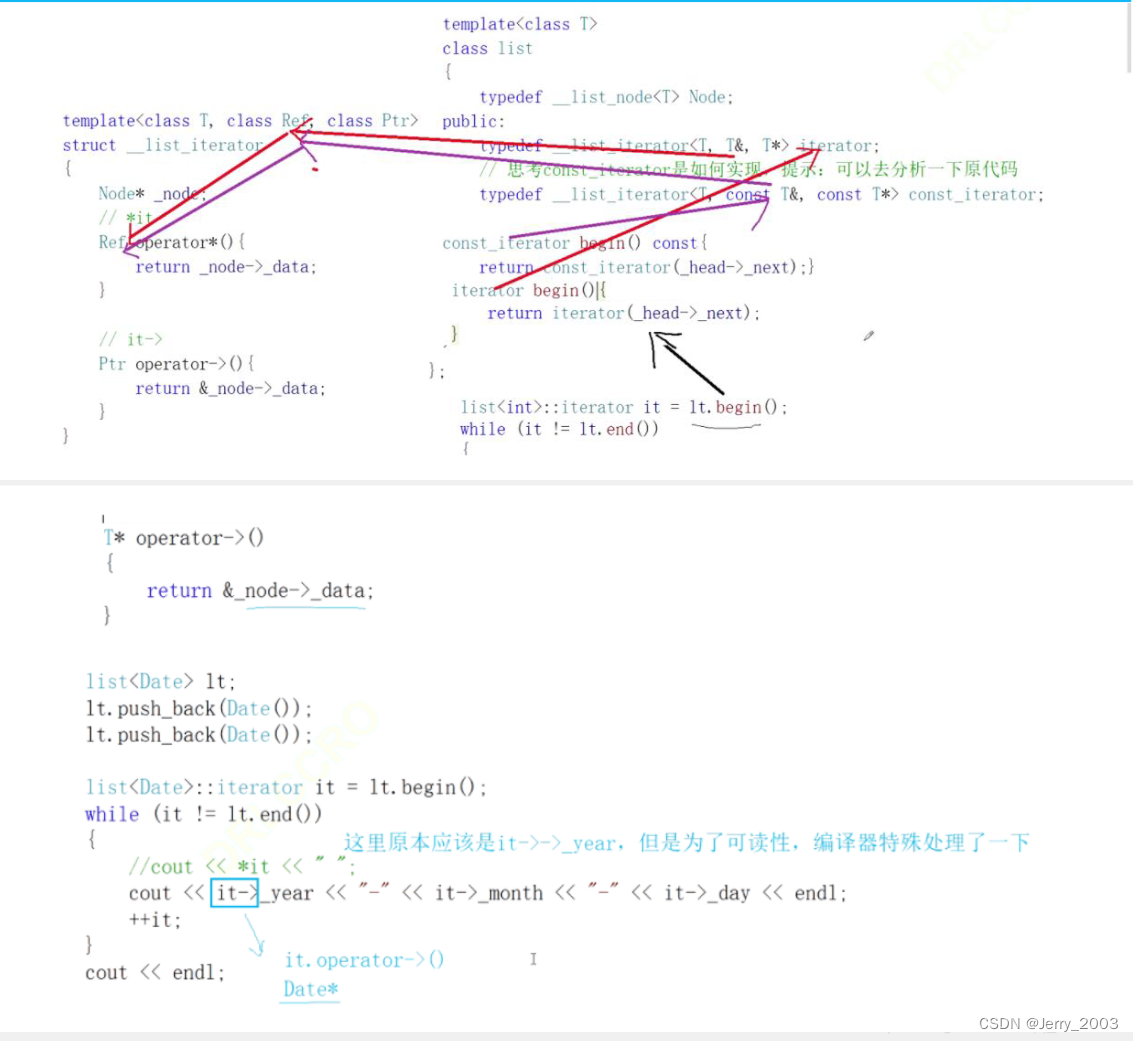
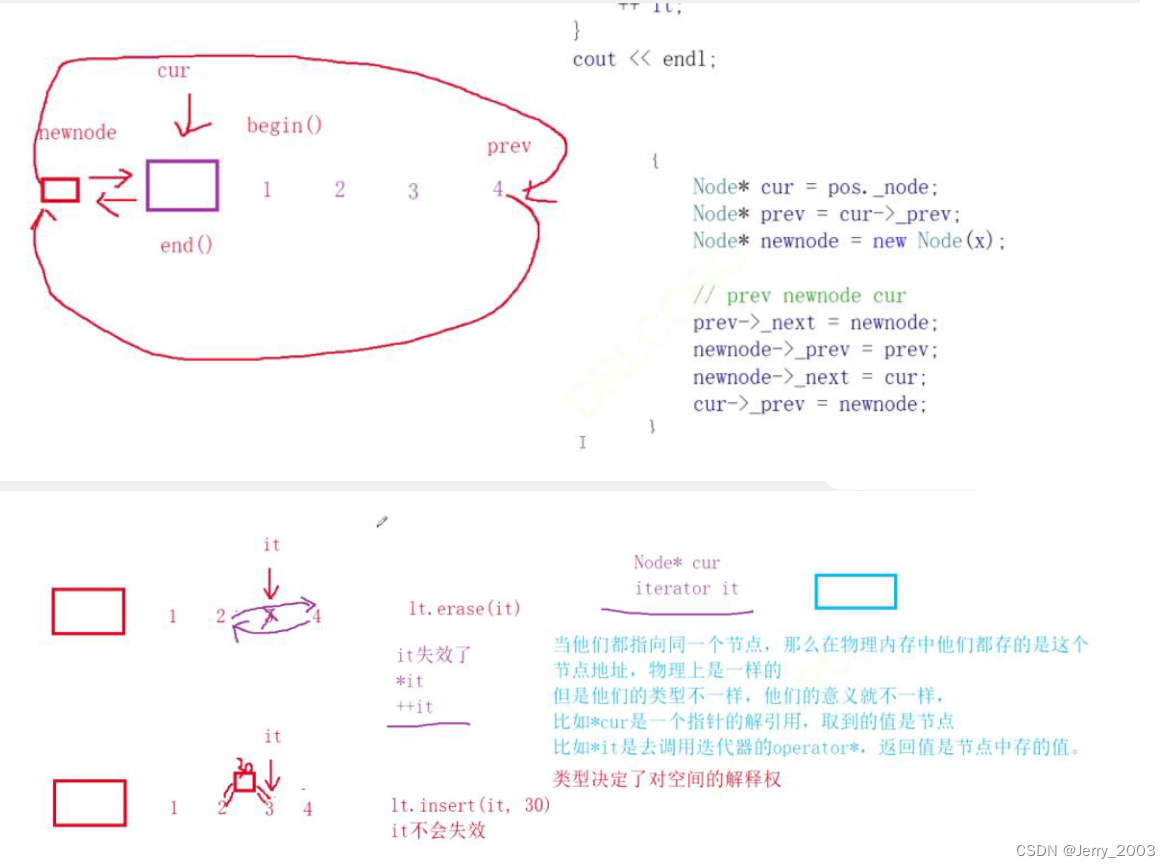
二、list与vector之间的对比
